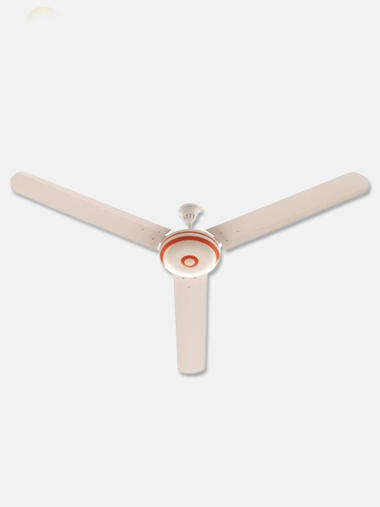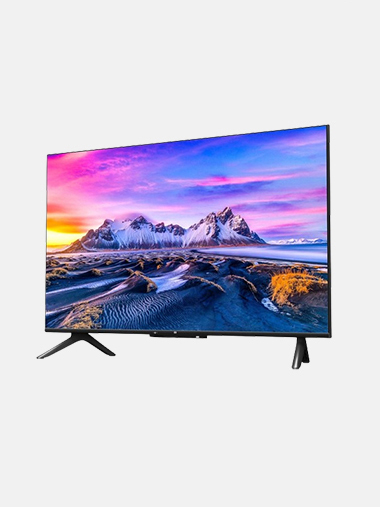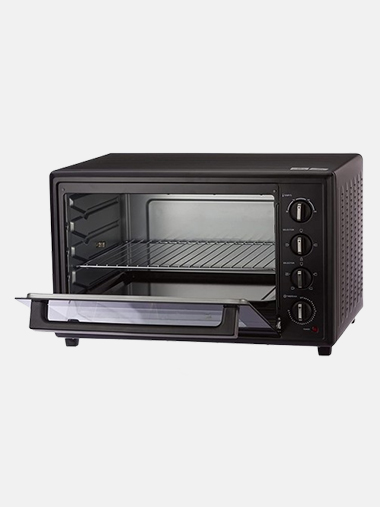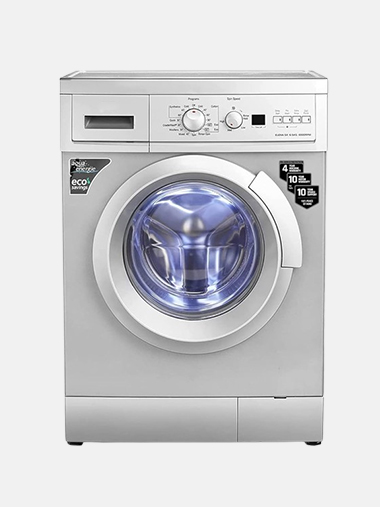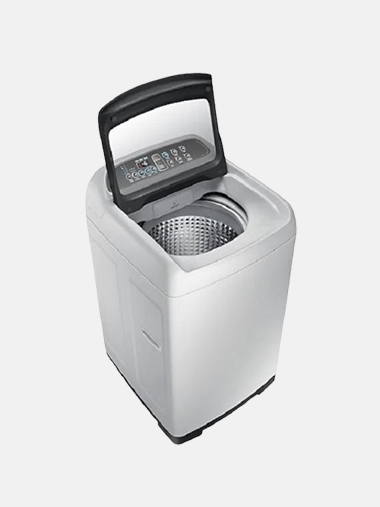Glass Door Refrigerator
Glass Door Refrigerator- Home
- Products
- Non-Frost Refrigerator
- Glass Door Refrigerator
Glass Door Refrigerator
A refrigerator, often referred to simply as a fridge, is a common household appliance used for preserving food and beverages at low temperatures to slow down spoilage. It works by transferring heat from the interior of the refrigerator to the external environment, keeping the contents cool and fresh.
Compressor: The compressor is the heart of the refrigerator, responsible for compressing the refrigerant gas, raising its temperature and pressure, and then circulating it through the system.
Condenser Coils: The high-pressure, high-temperature refrigerant gas flows to the condenser coils, typically located on the back or bottom of the refrigerator. Here, the gas releases heat to the surrounding air and condenses into a liquid.
Evaporator Coils: The liquid refrigerant passes through expansion valves or capillary tubes, which reduce its pressure and temperature. It then enters the evaporator coils, located inside the refrigerator compartment. As the refrigerant evaporates into a gas, it absorbs heat from the interior of the refrigerator, cooling the air inside.
Thermostat: The thermostat regulates the temperature inside the refrigerator by turning the compressor on and off as needed to maintain the desired temperature setting.
Interior Shelves and Drawers: Refrigerators typically come with adjustable shelves and drawers made of glass or plastic to organize and store food and beverages.
Freezer Compartment: Many refrigerators include a freezer compartment either as a separate compartment or as a section within the main refrigerator compartment. The freezer is used to store frozen foods and typically maintains a lower temperature than the refrigerator section.
Door Shelving: The doors of the refrigerator often contain shelves or compartments for storing smaller items such as condiments, drinks, and eggs.
Ice Maker: Some refrigerators come equipped with an ice maker, which produces ice cubes or crushed ice automatically and dispenses them through a dispenser located on the door or inside the freezer compartment.
Water Dispenser: Many modern refrigerators feature a built-in water dispenser that provides filtered water or chilled water on demand. Some models may also offer options for dispensing ice.
Energy Efficiency Features: Manufacturers may incorporate energy-efficient features such as LED lighting, improved insulation, and smart temperature controls to reduce energy consumption and operating costs.
Refrigerators are available in various sizes, styles, and configurations to suit different needs and preferences. They are essential appliances in modern households, providing a convenient and effective way to store perishable foods and extend their shelf life.
Other Products you may be interested!
Product Categories
Contact Us
- Address: House# 5 (2nd Floor), Road# 7, Block# F, Banani, Dhaka-1213.
- Phone: +88 02 55041896, 02 226603195
- Mobile: +880 1700 764494
- Email: info@bondsinternationalltd.com


